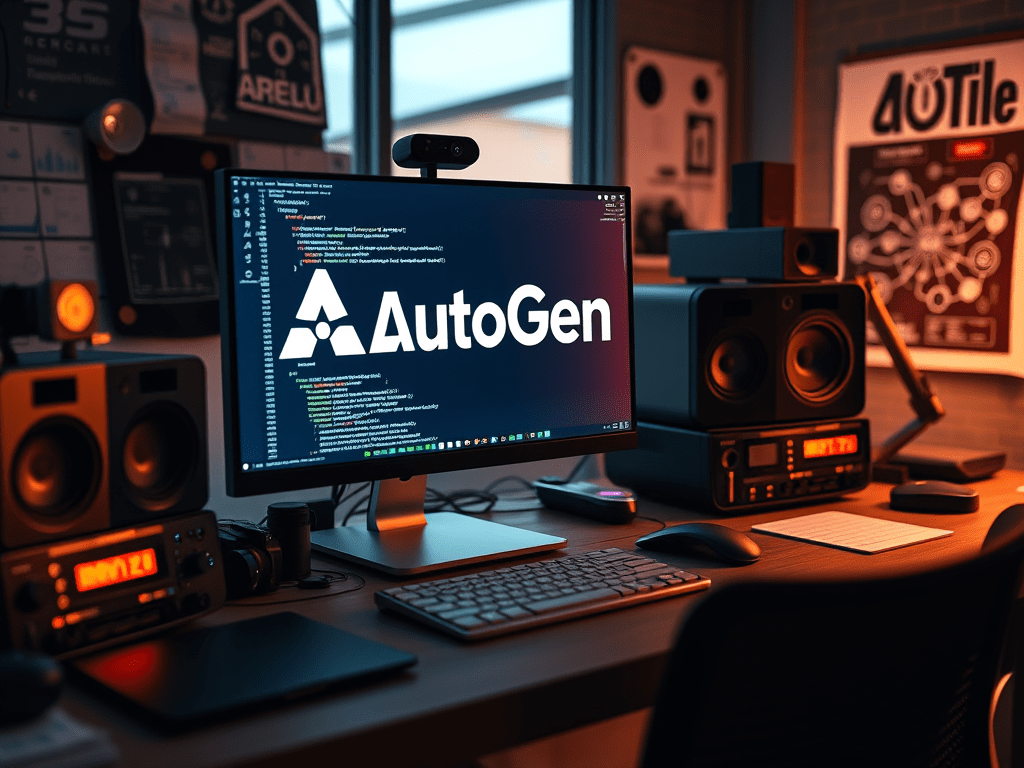Microsoft has unveiled the Microsoft Agent Framework in Public Preview, introducing a unified, open-source SDK and runtime that brings together the strengths of AutoGen and Semantic Kernel. This powerful combination enables developers to build intelligent, multi-agent systems with robust orchestration capabilities tailored for enterprise scenarios. Whether you’re exploring autonomous agents or scaling AI-driven workflows, this framework lays the foundation for building smarter, more collaborative solutions.
Overview:
Microsoft just launched the 𝐌𝐢𝐜𝐫𝐨𝐬𝐨𝐟𝐭 𝐀𝐠𝐞𝐧𝐭 𝐅𝐫𝐚𝐦𝐞𝐰𝐨𝐫𝐤 in 𝐏𝐮𝐛𝐥𝐢𝐜 𝐏𝐫𝐞𝐯𝐢𝐞𝐰 — an open-source SDK + runtime that unifies AutoGen and Semantic Kernel to help developers build intelligent, multi-agent systems with enterprise-grade orchestration.
As a Cloud Solution Architect, I see this as a major step forward in bridging the gap between prototype and production — empowering developers and giving leaders the confidence to scale responsibly.
Memory, collaboration, and orchestration — all in one modular SDK.
Getting Started with Microsoft Agent Framework
This post reflects my personal experience and perspective as a Cloud Solution Architect working with AI agents. For deeper context, refer to my previous blogs on Semantic Kernel, AutoGen, and multi-agent systems at singhrajeev.com
AI Agents Overview
AI agents are evolving rapidly — no longer limited to chatbots or copilots. They now act as autonomous components capable of reasoning, invoking tools and APIs, collaborating with other agents, and adapting dynamically.
In my previous blogs on Semantic Kernel and AutoGen, I’ve explored how agents can be designed to retrieve information, enforce compliance, and even brainstorm together. These agents are becoming the next layer of application logic.
📌 If you’re new to these concepts or want to explore more about how I’ve used Semantic Kernel and AutoGen in real-world scenarios, check out my earlier blog posts at singhrajeev.com
Why Another AI Agent Framework?
Having worked extensively with both Semantic Kernel and AutoGen, I’ve seen their strengths and limitations firsthand. Semantic Kernel provided a stable, enterprise-ready SDK with connectors and observability. AutoGen, on the other hand, unlocked powerful multi-agent orchestration patterns — enabling agents to debate, reflect, and collaborate.
But each had trade-offs: SK was robust but rigid, AutoGen was flexible but fragile. This is something I’ve written about in detail on my blog — how SK’s structure sometimes limited experimentation, while AutoGen’s flexibility required extra effort to make production-ready.
The Microsoft Agent Framework is a thoughtful evolution. It doesn’t replace SK or AutoGen — it builds on them. It merges the enterprise-grade stability of SK with the orchestration power of AutoGen, giving developers a unified foundation to build, deploy, and scale agentic applications.
Why This Matters
This framework simplifies the journey from prototype to production. It offers:
- A consistent abstraction for agents, tools, memory, and workflows.
- Built-in observability, approvals, and CI/CD integration.
- Declarative agent definitions using YAML/JSON.
- Pluggable memory and open standards like MCP, A2A, and OpenAPI.

When to Use an AI Agent?
This framework simplifies the journey from prototype to production. It offers:
- A consistent abstraction for agents, tools, memory, and workflows.
- Built-in observability, approvals, and CI/CD integration.
- Declarative agent definitions using YAML/JSON.
- Pluggable memory and open standards like MCP, A2A, and OpenAPI.

